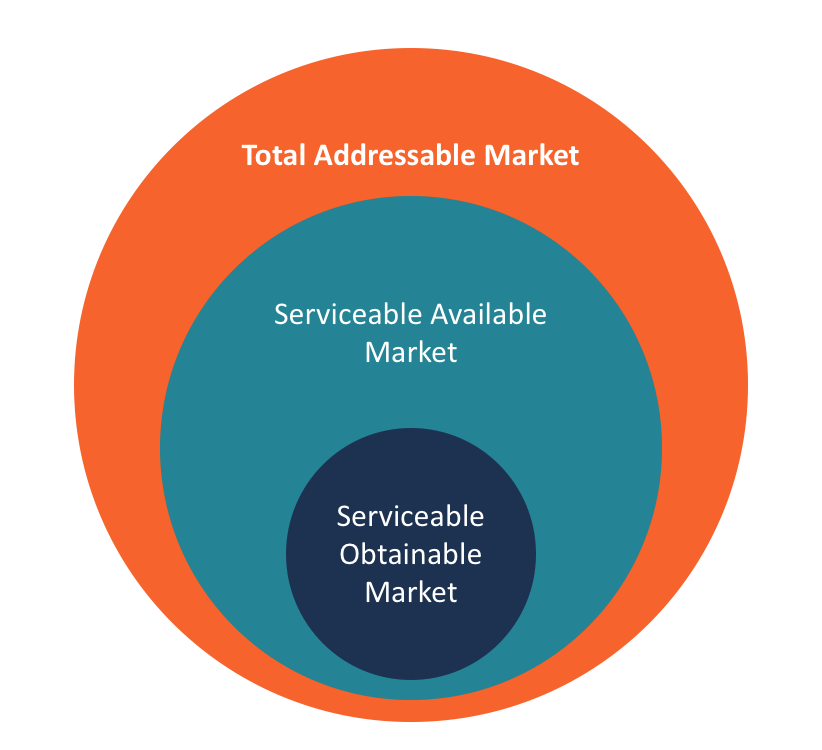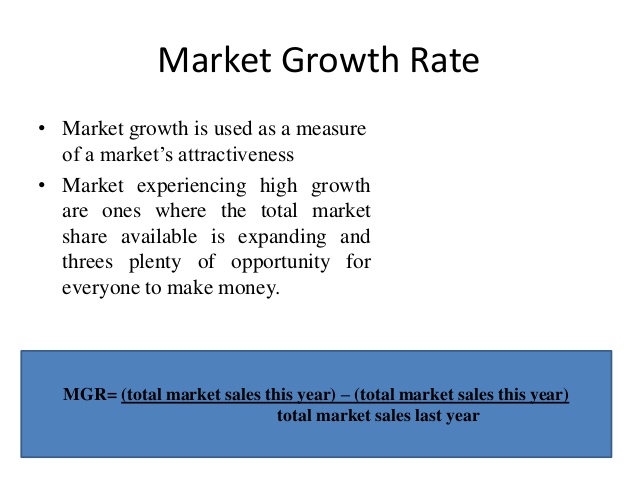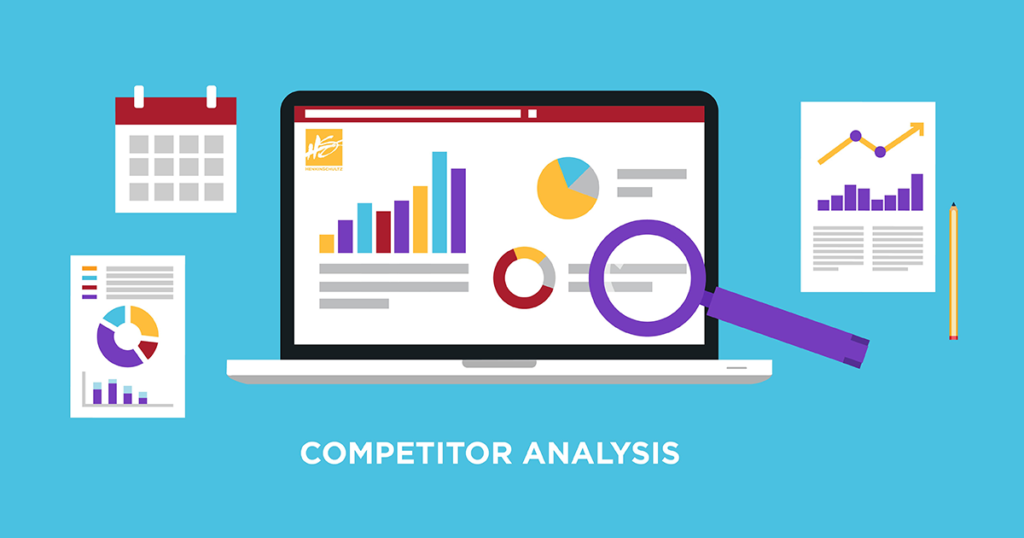Business and Markets – Know Your Industry Before Startup

Before you actually get your startup going, it’s crucial that you get as much clarity as possible about the business and markets you’ll be operating in.
Having the right kind of business operating in the right market is crucial to increasing your chances of being successful in your venture.
Let’s try to understand all the different aspects of a business and its market.
Understanding Your Business Markets

The classic dilemma for any entrepreneur is whether to create a service or a product. You may have got some clarity in terms of the type of business you want to build during the ideation phase. But there might be instances where you are caught in the middle, not sure which way to go.
With a service-based business, you trade your skills and most importantly your time in exchange for money. With a product-based business, you sell products for people to consume.
Both types of businesses can lead you to success. There are thousands of hugely successful startups, both service-based and product-based. However, you need to know one crucial difference between service-based startups and product-based startups – Scaling.
It’s much harder to scale a services-based business because the amount of money you can make is proportionate to the number of hours you – or your staff – can work, and there are only 24 hours in a day. As the number of staff increases, so will your expenses, leaving very little for you to reinvest in growing your business.
It’s far easier to scale a product-based startup. In fact, for a product-based startup, the more you scale, the unit economics only become better. What I want to emphasize here is that product-based operations can be easily scaled to a certain extent without the need for additional investment…until of course you’re looking at achieving massive scale. And for a startup, scaling up is everything.
Another important thing you need to understand about a services-based startup is the low set-up costs and low barriers to enter the market. This makes it less risky in that you’re investing less in terms of money. This is precisely why a lot of first-time entrepreneurs are drawn towards setting up a services-based business rather than a product-based one.
On the other hand, a product-based startup requires a significant upfront investment, and it may be some time before you see anyreturn on the investment at all, especially if you have jumped in blindly with no clear idea of the demand for the product.
So how do we solve this problem? A simple way to fix this is to stop looking at them as two independent options. Instead, you can start with one and then transition to the other.
That’s right. You can start off as a services-based startup with a low investment, validate the market with little risk and slowly transition into a product-based startup with a good product-market fit. Predictable revenues will actually allow you to scale much more rapidly. Basically, what you’re doing is productizing your services.
The best example of this is Ola. When they started out, you could book your cab only through their call center. This was much easier for Ola than having to invest millions of dollars into developing the product that they have today. But eventually, after understanding the market’s needs and pain points, they smoothly transitioned into a product company, which allowed them to scale rapidly and capture significant market share.
You could do the same. Again, this is not the only way to go about it, but it’s a lot less risky than jumping in product-first.
Once you have that figured out, you can move on to the next question of whether to sell to a lot of people at a low cost or to fewer people at a high cost; in other words: B2C versus B2B.
So, do you sell to a consumer or to a business?
Imagine you want to buy a mobile phone for your personal use. How would you decide which one to go with? Who would you consult about these decisions? How will you evaluate whether your purchase is good or bad? How long will you take to make a decision?
Now, put yourself in the shoes of a high-level executive in a multinational company who is authorized to purchase 2 million dollars’ worth of software. Again, ask yourself the same questions. Despite the questions being the same, your answers will vary considerably. That is probably the most significant difference between opting for B2C or B2B.
Put yourself in the shoes of your prospects and think how you would sell to them. I’m sure your approach will be very different for each option. These differences stem from the change in customer behaviour.
B2C or B2B, at the end of the day, all businesses are about human interactions and relationships, but there are three critical differences between a startup that caters to consumers and a startup that caters to businesses.
- Return on Investment (ROI),
- Client Relationships, and
- The Decision-Making Process.
First: let’s look at return on investment
Consumers and businesses look at the return on investment very differently. The return on investment for most consumer goods is intangible and quite hard to quantify. Imagine you
bought a car: how would you go about figuring out the return on investment for that? But that is exactly the question that will help you understand consumer behavior and which way to go with your business.
Consumers love novelty. They often buy things based on emotion and then rationalize the purchase with logic. Human beings are social animals and we do everything we can to fit into the tribe. The easiest way to do this is to conform to what others around us are doing. The fear of missing out is powerful, especially when it comes to entertainment, fashion trends, and new technology.
We do this because change involves a cost. Whenever you challenge the status quo, you incur a cost in the form of time, effort, or money, and that’s what it is – a costand not an investment. And subconsciously, we go to any length to avoid it.
On the other hand, a B2B transaction is inherently an investment. An investment with the expectation that it will increase profitability, reduce costs, improve productivity and efficiency, and most importantly, sales.
Unlike individual consumers, B2B customers never buy things to look good, for fun, or for the user experience. The expectation of a return on investment from the purchase is inherent. There has to be one.
A new software has to be faster and more reliable; the marketing automation solution has to get them more business, and a new HR tool must help make employees happier and more productive.
What consumers call novelty, businesses call risk.
What companies are looking for is a way to differentiate and stand out from the crowd. Organizations want to gain an edge over their competitors by doing something better than them. For this, they actively look out for products or services that will make them faster, more efficient and most importantly, better than the competition.
You first have to understand and decide where your product or your offering falls in this spectrum.
Next, look at consumer relationship
B2C markets are usually big. Customers keep changing over a period of time. Customer retention and loyalty is a big issue for B2C startups. Although instinctively, most consumer-focused startups try to limit the churn, they know that they can never fix it completely, and they’re are with it.
On the other hand, B2B markets tend to be smaller and more focused. For you to thrive as a B2B startup, you need to invest in building deep relationships with a small number of companies. These relationships are crucial for you to score long-term agreements or even
keep existing agreements. This is also one of the reasons why B2B companies tend to lean towards the customized service side of the business.
Three: What’s your decision-making process?
The decision-making process for consumer products varies quite a bit. For a low-priced item, the decision-making process is rather intuitive and instantaneous. For a high-priced item, B2C customers might consult family, friends and their social network, but it rarely gets more complicated than that.
For a B2C startup, the customer and the consumer are the same people. This makes it easier for these startups to target these customers effectively and for that, they have consistent marketing communication.
On the other hand, for a B2B purchase, the approval or pre-authorization of multiple stakeholders is the norm. In fact, the end user may or may not even participate in the decision. This is why the sales cycle can be dramatically longer in a B2B business. This lengthy sales cycle can also disrupt your daily operations to a large extent. So it becomes important to create communication that connects and engages all these stakeholders.
These are all the things you have to consider before deciding whether to go B2C or B2B.
Would you go after a market which is very big but won’t pay much, is emotionally driven, difficult to penetrate but easier to convince?
Or would you go after a very narrow market, which wouldn’t mind paying a lot, but with an extremely long sales cycle.
That’s what you need to think about.
Business Model or Revenue Model
Once you’ve decided on the nature of your business and who your typical audience is, it is time to figure out what is the best way to monetize your audience.
You have to get them to pay for your offering for you to continue servicing them and the rest of the market. This is your business or revenue model. You’d build your business depending on how you want to monetize your audience.
Here are a few ways you can monetize your audience:
- Transactional Model –
- Physical Products,
- digital Products, or the service Model
When I hear aspiring entrepreneurs say they want to start their own business, they are usually talking about creating and selling their own products or services. It doesn’t surprise me that most entrepreneurs lean towards this business model. Although it’s a great model, it’s not the only model out there.
This model is a broad representation of business models and can have multiple business models within it. Its biggest advantage is probably the flexibility it offers. Let me elaborate: You can choose whether to make a physical product or a digital product or even a service for that matter. Then you can promote it through the marketing channels of your choice and distribute it the way you see fit. Your customers are directly transacting with you for your offering.
Two: subscription-Based Model
A spin-off of the transactional model is the subscription-based model. This is where your audience is again transacting with you directly but also frequently over a particular period.
Instead of offering your product as a one-time purchase, startups using this model can enjoy recurring revenue in the form of monthly or even weekly payments. Thanks to this, compared to other business models, customer acquisition and retention becomes easier and cheaper.
Instead of asking for a significant one-time payment, this model allows you to ask your customers to make a purchase decision at a low upfront cost. As you can imagine, most people might be comfortable with investing 500 rupees a month than shelling out 5,000 rupees at one shot.
This model is quite popular in industries like fashion, media, and daily consumables.
Three: The Advertising Model
This model can be extremely effective, especially considering the advent of ad networks. At the heart of this model is the idea of providing a free product or service and relying on ad revenue paid by companies trying to reach your audience through your asset.
But to be successful and profitable with this business model, you need to be operating at a large scale
The bottom line here is the more people you can reach, the higher your profits will be. A prime example of this model is Your Story itself. The platform is entirely free to use, and we monetize our audience reach with ads.
Four: The Marketplace Model
This model revolves around providing a platform where buyers and sellers can meet and carry out transactions. On one hand, you provide sellers with what they need: an audience, logistics and a whole lot more. On the other hand, you give buyers a secure and convenient way of transacting with these sellers.
This model would work brilliantly in disorganized industries waiting to be organized by a safe and convenient platform. Revenue is usually generated by applying a small fee on the transaction and other premium services. Like the ad-based model, you should be operating at a certain scale for this to be profitable.
Five: The Rental Model
This is a rather new model where you own assets that you allow access to at a fraction of what it would otherwise cost your consumers. With consumers increasingly preferring access over ownership, this model seems to solve that problem effectively.
The biggest drawback with this model is the huge upfront costs needed to buy the assets. You also need to consider assets that are not very difficult to maintain, or maintenance will become an added burden.
All these business models are very broad and don’t necessarily cover all the business models out there. In fact, new business models crop up all the time, very often based on the need of the customer. You can also mix different business models to create your own model. So go ahead and experiment and figure out the best way to monetize youraudience.
Now while you’re doing that, you should also understand how big your market is and how fast it’s growing.
Size & growth of the market
It’s very important that you determine the market size of the industry you’re trying to get into. This will tell you whether this industry is big enough to enter, and whether you can extract enough profits if you can capture a large share of that market.
If the market is not big enough, then it doesn’t make sense for you to enter it at all. You wouldn’t want to invest in an industry that will give you only an incremental return after years of hard work. Instead, you should aim for an industry that is big enough for your investment to grow exponentially. For this, you can follow these 4 simple steps.
Understand the size of the market
To understand the size of the market, you need to zero in on your exact customer segment and understand it in-and-out. Most probably, you already figured out some part of this at the idea generation stage. Now you need to determine the exact size of the market.
This can be tricky and the only way to do this is with research. With simple products, this assessment becomes much easier than with complicated products. For example, if your product is targeted at working women, you will need to figure out how many working women are there in the location you are targeting.
Understand the value of the market
The next step is to understand how much each customer in your audience is willing to pay for your offering. If you already have competitors, this should be easy to find out. But if you don’t have competitors, then you need to either look for similar products or understand the value of your offering.
The number of people (that is, the size of the market) and the amount they are willing to pay will give you the value of the market. Going back to the example of working women, let’s assume that there are about 1 crore working women and each one of them can afford about 100 rupees then the value of your market is 1 crore multiplied by 100 rupees which is 100 crores. This 100 crores denotes your total addressable market.
Understand the serviceable market

Now, when you’re starting off, there is almost always some competition. And you can expect the entire market to be yours if no competitor already dominates the market.
But aiming for 1-5% of the total addressable market, which is your serviceable market, is considered a reasonable target.
Now, the serviceable market shows how big the market for your business is. Going by our previous example of the 100 crore working women market, 5% of it which is 5 crores would be your serviceable market. It also signifies how valuable your startup can be. How big your pie is going to be is what investors find most attractive.
Determine the growth rate of the market

Having a big market is not enough; it also needs to be a growing market. A high-growth industry means that not only is there great demand but also a lot of room to scale.
You don’t want to get into a stagnant industry. Very often, stagnant industries don’t have a lot of players – that’s something you should look out for.
The best way to determine this is to see how your potential competitors are growing year on year. If you are entering a market with enough research done, you will know the compounded annual growth rate or CAGR for that industry.
All these numbers will give you a clear understanding of the sizeof the industry and how lucrative it is. It’s now time to size up your competition and figure out whether it’s a battle worth fighting.
Competitor Analysis

When it comes to competitor analysis, pick your battles wisely. This dramatically increases your chances of not just survival but also success. You don’t want to enter a battlefield full of heavyweights.
Large corporations with large budgets can easily squash your efforts before you even get started. You should be looking for the low-hanging fruit, but don’t let a little competition bog you down.
It’s great to have competition. The first one through the door always gets shot, and your competitors would have led the way for you. Enjoy the second-mover advantage.
Analyzing your competition also helps you understand all the gaps in the way they are serving the audience, and if your offering can fill the gap, that would be ideal.
You need to be methodical with your approach and logical with your decisions. That’s why I’ve created a competitor analysis canvas which will give you an extremely good view of your entire industry.
You can choose what data points you want to populate, but there are plenty of options for you to choose from. Check the downloads sections for a template for competitor analysis and perform it for the industry you are planning to enter.
With that we come to the end of this video. To summarize, we learnt what kind of business you can start, whether to sell to consumers or companies, the different business models you can have, how to understand the size of your market and how to perform competitor analysis.
Thank you for watching this video, I will see you in the next one.



